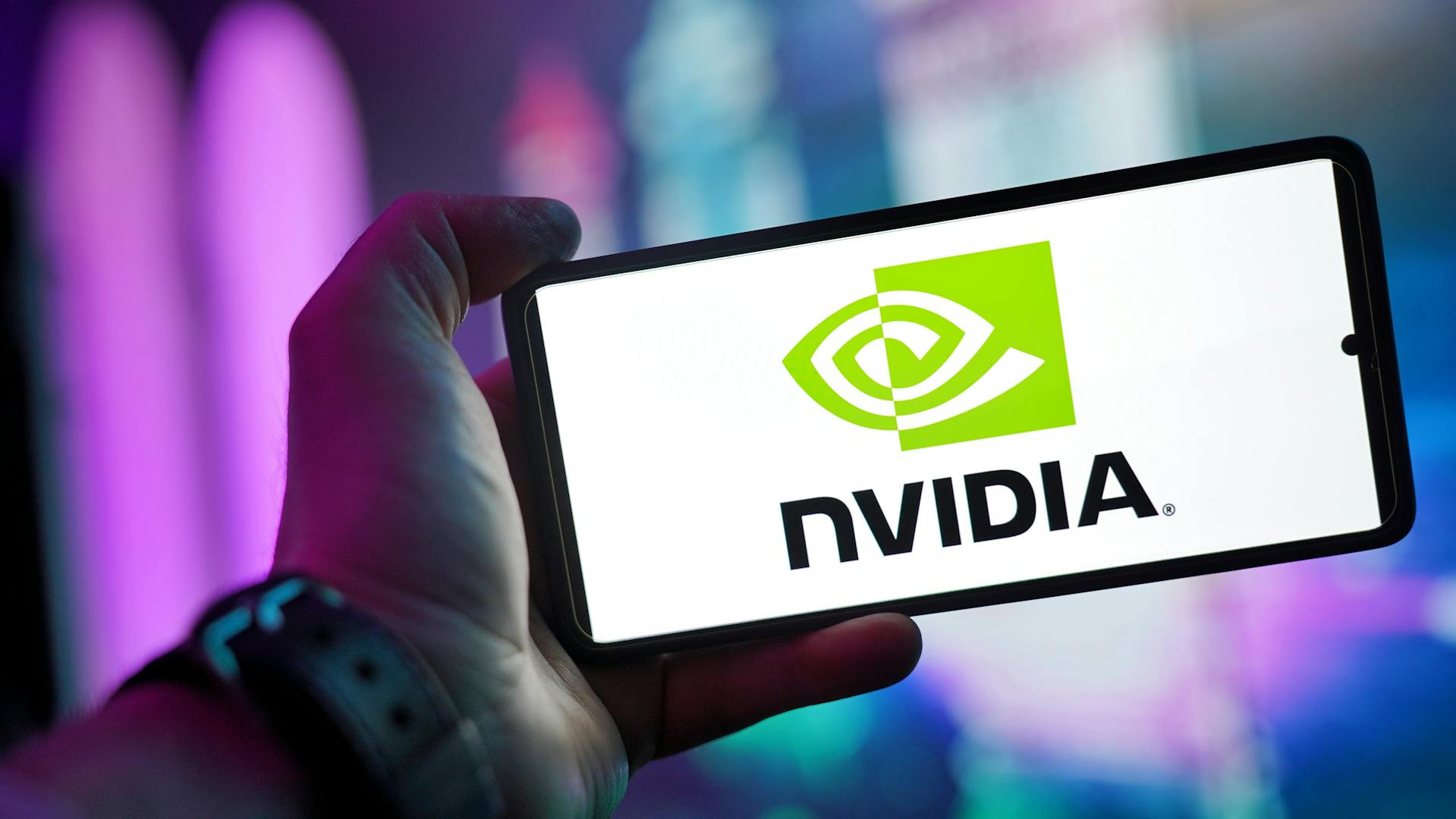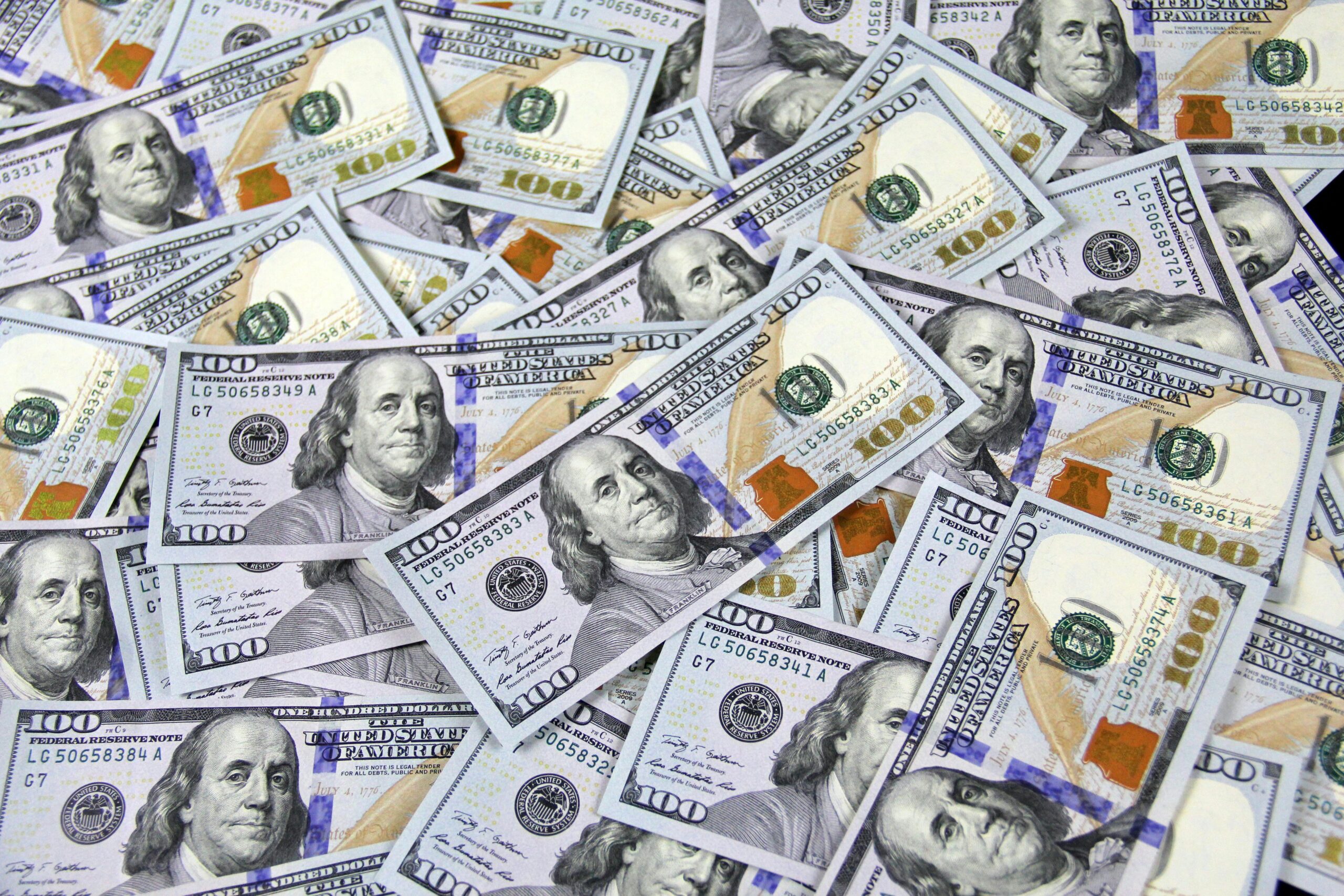Executive summary
• Schwab recorded core net new assets of $80.3 billion in Q2 2025 while Robinhood reported net deposits of $13.8 billion in the same quarter; the differential frames deposit-gathering scale for incumbent custodian vs scaled retail platform.
• Schwab Q2 net revenues were $5.9 billion and adjusted EPS $1.14; Robinhood Q2 net revenues were $989 million and diluted EPS $0.42.
• Average daily dollar trading volume favors Robinhood due to much higher share turnover: Robinhood ~ $5.77 billion per day vs Schwab ~ $0.86 billion per day (3-month avg volume × last close).
• Technical momentum: Schwab RSI neutral (~54) with mixed MACD signals; Robinhood shows stronger price momentum and positive MACD.
• Verdict: For short-term traders interested in retail trading momentum, Robinhood’s deposit and volume momentum make it the stronger tactical trade this week; for conservative investors focused on deposit scale and diversified revenue, Schwab’s net new asset gathering provides a fundamentally stronger base. Use the phrase schwab net deposits vs robinhood net deposits 2025 when filtering news or screens.
Summary fundamentals
Schwab (latest quarter ended June 30, 2025)
• Net revenues: $5.85 billion, YoY +25%
• Diluted EPS (GAAP): $1.08; Adjusted diluted EPS: $1.14
• Net interest margin: 2.65%
• Debt-to-equity: regulatory leverage ratios shown; traditional D/E metrics vary by reporting unit – see filings for bank vs holding company detail.
Robinhood (latest quarter ended June 30, 2025)
• Net revenues: $989 million, YoY +45%
• Diluted EPS: $0.42
• Gross margin (company-style gross profit): ~92–95% reported historically for platform revenue mix
• Debt-to-equity: low financial leverage; liabilities mainly customer payables and securities loaned; refer to SEC filing for the balance-sheet snapshot.
Market caps and EPS (snapshot)
• Schwab market cap ~ $173–175 billion; diluted EPS (TTM) ~ $3.72.
• Robinhood market cap ~ $108–121 billion (intraday swings); EPS (TTM) ~ $1.97.
Detailed fundamental analysis
Charles Schwab – revenue trends, margin drivers, balance-sheet strength, valuation multiples
Revenue drivers: Schwab’s Q2 2025 revenue expanded 25% year-over-year to $5.85 billion driven by net interest revenue growth and trading/asset-management fee recovery. Net interest revenue in Q2 was $2.82 billion, up 31% YoY. The firm reported sequential net interest margin expansion to 2.65%, driven by reduced high-cost funding and securities lending improvements.
Margin drivers and profitability: Schwab reported GAAP pre-tax profit margin of 47.9% and adjusted pre-tax margin of 50.1% in Q2 2025. Cost control plus higher net interest income drove margin expansion.
Balance-sheet strength: Schwab reduced bank supplemental funding by $10.4 billion in Q2 and holds large client sweep balances ($412.1 billion). Regulatory capital ratios remained robust per the 10-Q.
Valuation multiples: TTM diluted EPS ~ $3.72 with trailing P/E in the mid-20s and forward P/E in the high-teens based on consensus; market cap ~ $173–175 billion. Use conservative multiples given financial-sector cyclicality.
Robinhood – revenue trends, margin drivers, balance-sheet strength, valuation multiples
Revenue drivers: Robinhood’s Q2 revenue grew 45% YoY to $989 million, fueled by transaction-based revenue (options, crypto), higher ARPU, and acquisition-driven expansion into crypto markets after closing Bitstamp.
Margin drivers: Platform economics produce very high gross margins (crypto and transaction fees) with an adjusted EBITDA margin reported at 53% for Q2 2025; net margin was strong by tech-brokerage standards.
Balance-sheet: Total platform assets jumped ~99% YoY to $279 billion driven by net deposits and acquired assets; cash and equivalents stood near $4.2 billion. Liability composition includes payables to users and securities loaned.
Valuation multiples: HOOD trades at a premium growth multiple with trailing P/E in the 60s (varies with price), reflecting high growth and elevated investor expectations.
Momentum & technical snapshot
Charles Schwab technical snapshot
• RSI(14): ~54.10 (neutral).
• MACD status: MACD around -0.29 (slightly negative) – recent signals mixed; view MACD vs signal as neutral-to-slightly-bearish on daily timeframe.
• 50d / 200d SMA: price near the 50-day and above the 200-day overall; tendency shows a medium-term uptrend but short-term consolidation.
• 1-month return vs Nasdaq: Schwab one-month price performance modestly positive or flat relative to the Nasdaq Composite; Schwab’s 1-month range shows small gains.
• Average daily dollar volume: Avg vol (3M) 9.02M × last close ~ $95.74 ≈ $863 million.
Robinhood technical snapshot
• RSI(14): ~60–62 (momentum-positive).
• MACD status: MACD positive and showing bullish trend momentum on daily indicators; MACD values reported positive on multiple technical services.
• 50d / 200d SMA: price above both 50d and 200d SMAs; clear uptrend.
• 1-month return vs Nasdaq: Robinhood outperformed Nasdaq on a 1-month basis by a material margin (Robinhood +30%+ vs Nasdaq modest).
• Average daily dollar volume: Avg vol (3M) ~ 43.67M × last close ~ $132.16 ≈ $5.77 billion.
Peer comparison (selected metrics)
Selected peers: Interactive Brokers (IBKR), Morgan Stanley (MS), Coinbase (COIN).
• Interactive Brokers (IBKR): trailing P/E mid-30s, forward P/E high-20s, lower growth but solid operating leverage, lower D/E vs banks.
• Morgan Stanley (MS): large diversified investment bank, trailing P/E ~18, forward P/E ~16; higher scale, different revenue mix (investment banking, wealth management). Use MS for risk/comparison of scale and earnings stability.
• Coinbase (COIN): crypto-native exchange comparisons for Robinhood’s crypto business; trailing P/E in the 30s–40s depending on period, higher margin but regulatory risk differs.
Takeaway: Schwab compares favorably on scale and deposit stability vs peers; Robinhood compares favorably on growth, margins, and volume but trades at materially higher growth multiples.
Latest earnings highlights & management guidance
Charles Schwab Q2 2025 – selected verbatim quotes (≤25 words each)
• “Retail investors and RIAs continued to turn to Schwab as a trusted partner, opening over 1 million new brokerage accounts.”
• “Schwab delivered growth on all fronts during the second quarter.”
Robinhood Q2 2025 – selected verbatim quotes (≤25 words each)
• “We delivered strong business results in Q2 driven by relentless product velocity.”
• “Q3 is off to a great start in July, as customers accelerated their net deposits to around $6 billion.”
Strategic moves, catalysts & risks (from recent filings and news)
Charles Schwab
• Catalysts: continued client asset gathering, stock repurchases and preferred redemptions, NIM improvement if funding costs decline further.
• Risks: bank supplemental funding exposure, interest-rate sensitivity, regulatory and operational risk cited in 10-Q.
Robinhood
• Catalysts: Bitstamp acquisition closed in June 2025, product launches (tokenization, Robinhood Banking, Robinhood Legend), expanding crypto footprint and international launches.
• Risks: regulatory scrutiny in crypto and securities, integration execution for acquisitions, operational and custodial liabilities. SEC/filings note contingent liabilities and regulatory uncertainties.
Valuation & scenario analysis
Assumptions: use recent TTM EPS as baseline and apply multiple ranges reflecting conservative/base/optimistic scenarios.
Charles Schwab (EPS TTM ~ $3.72)
• Conservative: 15× × $3.72 → $55.8 price target (discount to current multiple, assumes slower NIM recovery).
• Base: 20× × $3.72 → $74.4 price target (assumes steady NIM and continued asset growth).
• Optimistic: 25× × $3.72 → $93.0 price target (assumes sustained margin expansion and multiple re-rating).
Robinhood (EPS TTM ~ $1.97)
• Conservative: 30× × $1.97 → $59.1 price target (slowed growth/valuation compression).
• Base: 50× × $1.97 → $98.5 price target (continued growth and margin retention).
• Optimistic: 80× × $1.97 → $157.6 price target (large multiple for dominant retail-fintech growth and cross-selling).
Notes: multiples selected to reflect industry comparables and current market pricing; adjust assumptions for forward EPS revisions and macro interest-rate shifts. Use scenario ranges to set risk-adjusted position sizing.
Trading checklist & signals
Momentum traders (short-term)
Entry rules:
• Wait for price above 50-day SMA and rising MACD crossing signal line with RSI < 75 to avoid immediate overbought extremes.
• Confirm with above-average volume on the breakout day.
Exit / stop rules:
• Hard stop at 6–8% below entry for high-volatility names (Robinhood), 4–6% for Schwab.
• Trailing stop: 8% on Schwab, 12% on Robinhood until MACD crossover reversal or RSI divergence.
Sizing:
• Use smaller position sizes on Robinhood due to higher beta and volatility (suggest 1–2% of portfolio per position for traders), larger sizing acceptable for Schwab relative to risk tolerance.
Confirmatory indicators:
• Volume acceleration, MACD histogram increasing, sector strength (financials/brokerage ETF) and absence of negative regulatory headlines.
Longer-term investors
Checklist:
• Verify deposit and AUC trends: sustained net deposits (quarterly) for 2–3 quarters.
• Check profitability trend (adjusted EPS growth) and capital returns (buybacks, dividends for Schwab).
• Regulatory risk assessment for Robinhood’s crypto and international expansion; require 12–24 month integration milestones.
Synthesis & actionable insights
• Trader picks this week: Robinhood (HOOD) and Interactive Brokers (IBKR). Reason: Robinhood’s net deposit momentum, elevated volume, and positive MACD indicate strong short-term liquidity-driven moves; IBKR offers momentum with lower regulatory exposure than pure crypto plays.
• Conservative investors: Charles Schwab (SCHW). Reason: scale of core net new assets, diversified revenue base, improving net interest margin and stable capital management favor a lower-risk accumulation thesis.
• Contrarian risks: 1) Rapid reinflation in deposit outflows at Schwab from a sudden equity-market correction could reverse NIM gains and force borrowing; 2) Regulatory or execution setbacks on Robinhood’s crypto and global expansion could materially widen implied valuation multiples.




